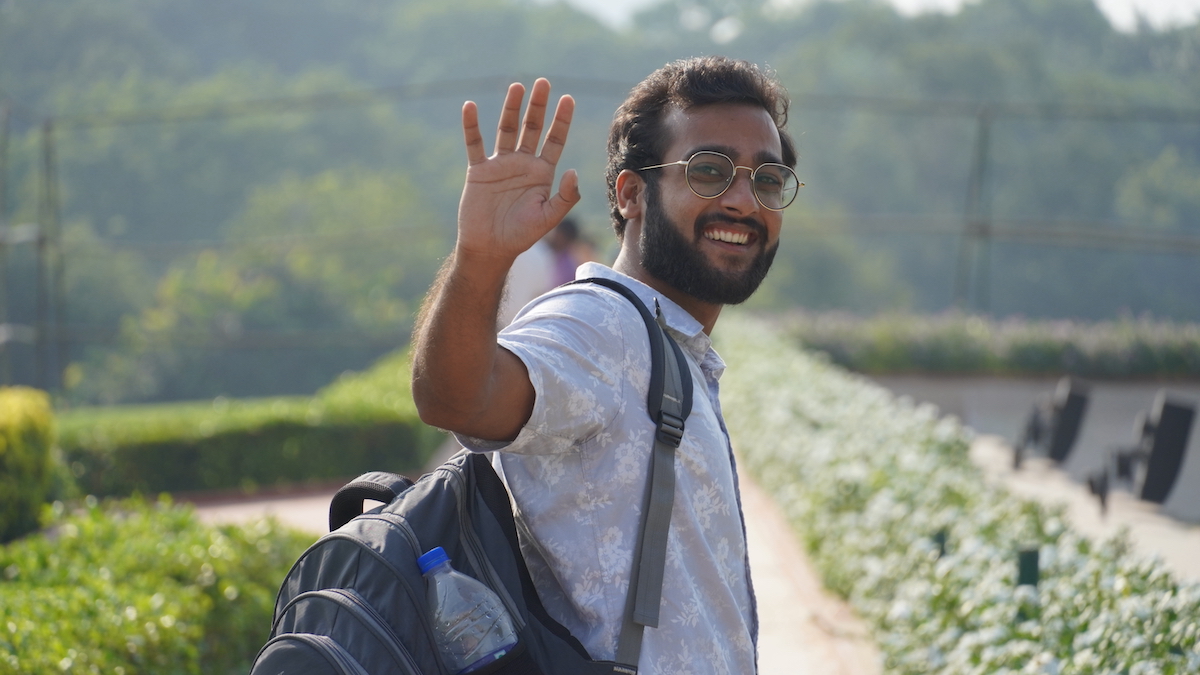
portrait of a man smiling and saying good bye
Saying Good-bye
For certain two things will always happen on any job – an opportunity to say “Hello” and a time to say “Good-bye”. The “Hello” part usually happens in the initial meet-and-greet or interview and is your opportunity to make a first impression. People know how to do this and are often showing their best behavior. The good-bye is something that is often neglected or not handled well. In most cases, people do not know what to do and in many cases teams are dissolved without any closure – people are moved on without any consideration of the real connections they have made with each other and the work they produced.

- Have the participants break up into pairs and select who will be interviewer and who will be interviewed. The interviewer should ask four questions (see below) to their partner and only the interview questions. As the interviewer, one should give their partner their full attention and take notes looking for quotes and key stories to share. Remember, this is not a conversation, but an interview. Only ask questions to get more detail, not to share your experience.
- After about 15 minutes, partners switch roles. Conduct another round of interviews for 15 minutes.
- When everyone has been interviewed ask each interviewer to report out the answers to the questions to the entire group, making sure to highlight specific stories and examples. Individuals are not allowed to report their own answers to the questions.
- As a group, discuss the common elements and themes in all the interviews. Write these items on post-it notes (one per post-it note) and place on the meeting wall or whiteboard.
- When all the common themes and elements have been gathered, group the similar post-it notes together. Ask the group to give names to the groupings.
Here are a few things I have learned that make the experience more meaningful and enjoyable for the participants.
- Provide food and beverages – the obligatory coffee and donuts work, but bringing fresh orange juice and fresh fruit makes the event seem special.
- Ask for specific anecdotes and the names of individuals who participated – the more specific the stories, the more real they seem and more opportunities for people to be recognized.
- Adjourn for a meal afterward – take advantage of our natural desire to share a meal with others as a way to show our respect for their contribution and value.
Finally, the interview questions. Feel free to add your own variations or additional questions
- What is it that attracted you to this profession? This company?
- On every team, there are high points when things just click. Think back to when we started working together as a team [PAUSE]. Tell me a story about one of your highlight moments.
- What were the circumstances that surrounded that moment? Who else contributed to that moment for you?
- What are three things you want to take forward from our experiences together?





